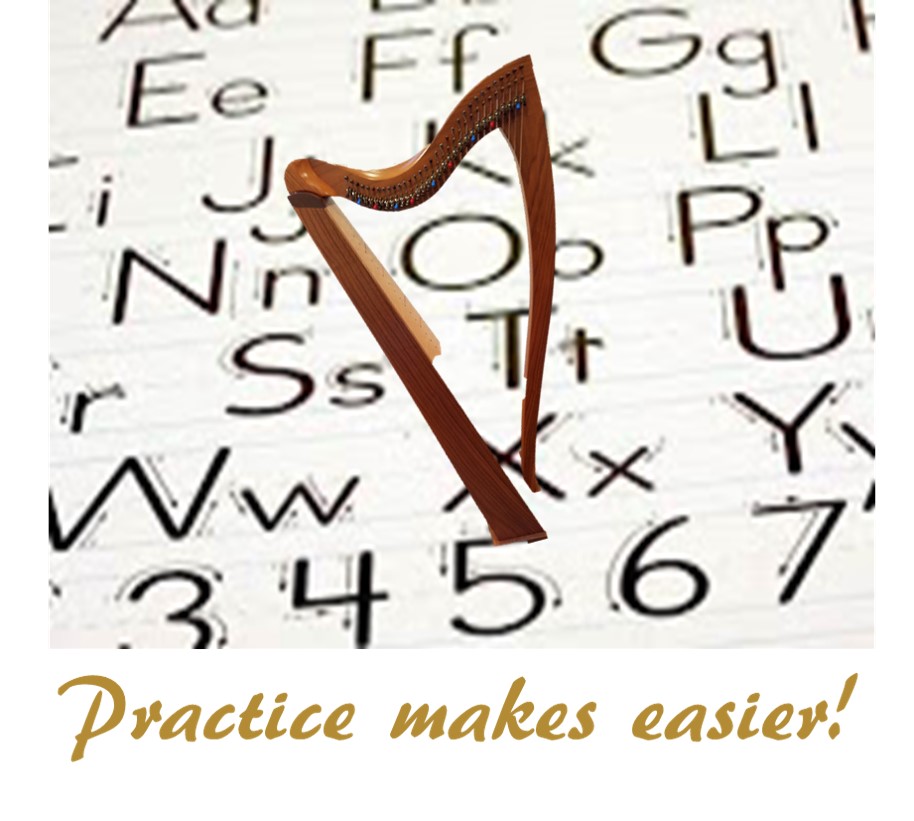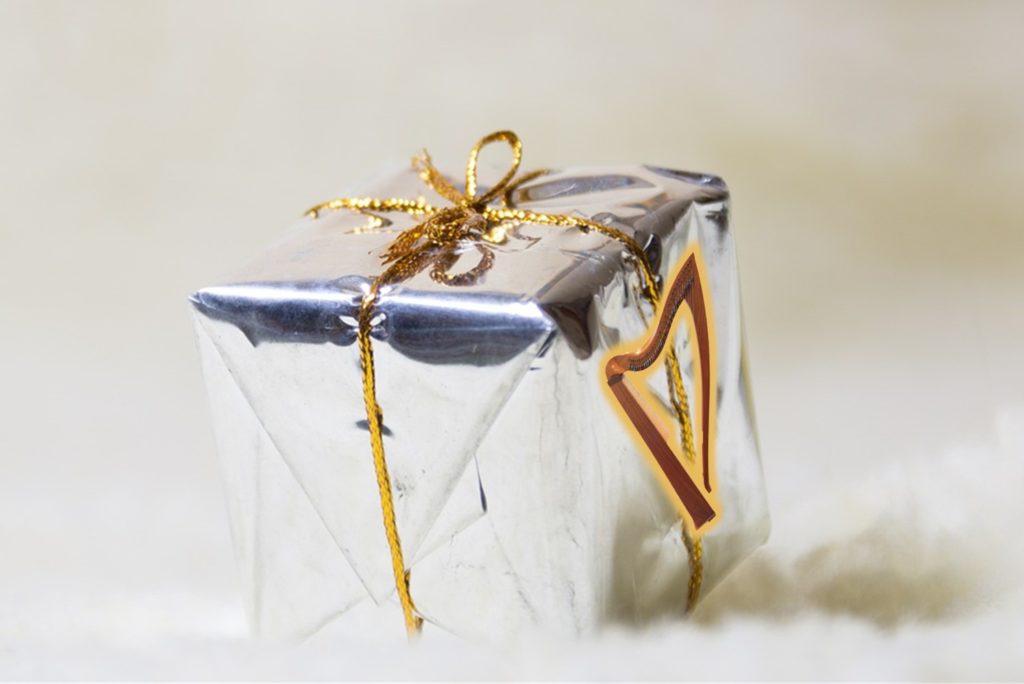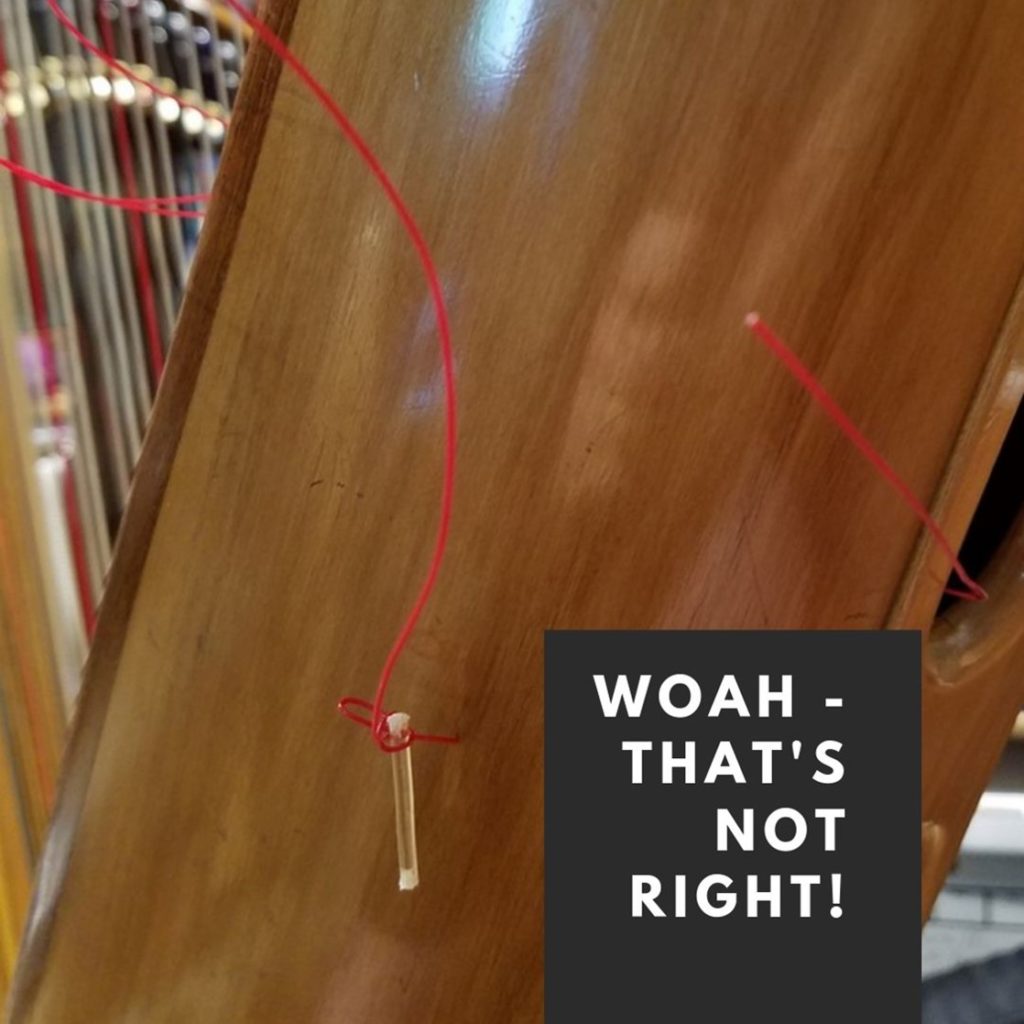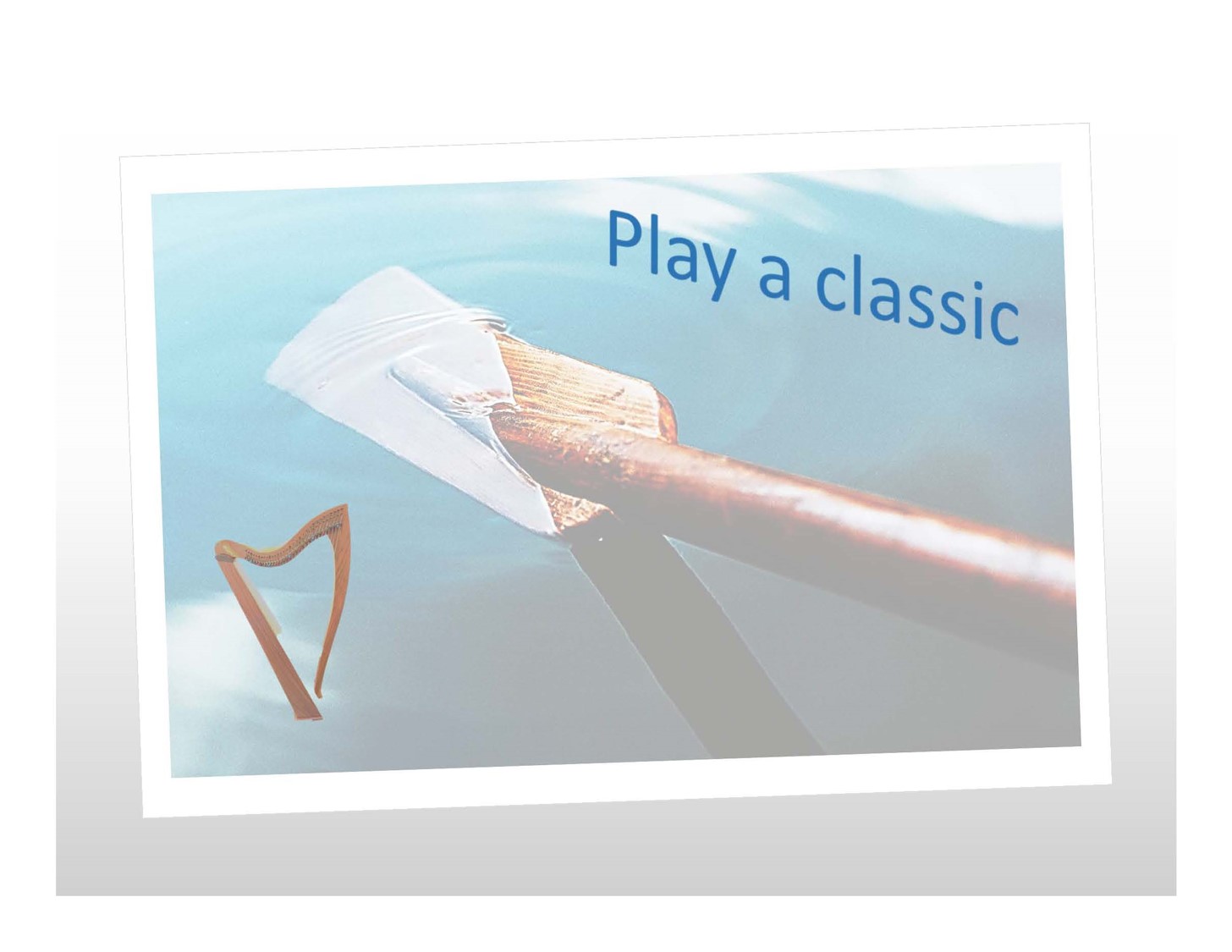I have told you before that I find many parts of making music are relatively easy. I would say that it’s easier to play the harp than to calculate cubic roots in my head or to determine the easiest way to teach unified field theory to toddlers.
But not everyone agrees – especially less experienced musicians who often express frustration and dismay over how hard it can be to play the harp.
To less experienced harp players, ease seems to be either a sadistic ploy to make them feel badly about their level of experience (it isn’t, I assure you – we’ve all been there at some point) or a cruel twist of fate that leaves some people finding it easy, with others finding it impossible. I will not take up the nature/nurture question vis a vis musicianship, but I will tell you something that will (upon reflection) not surprise you –
That apparent ease that you see in experienced players – especially in professionals – is a result of (you know what I’m about to say…)…PRACTICE!
The more you practice something – the more often you perform that skill – the easier it becomes. Continued, focused practice can result in the task itself becoming automatic. You can do that thing without even thinking about it. In fact, if you think about it, you may not be able to do it! The more you practice something, the less you have to consciously think about it to make it happen. And that comes about through practice.
 If you practice anything accurately you will become better at it (of course if you practice inaccurately, you will become better at doing something incorrectly!). If you practice counting, you will get more proficient at counting. If you practice reading you will become better at reading. If you practice making hand shapes and blocking, this will become second nature – it will become just the way you do it.
If you practice anything accurately you will become better at it (of course if you practice inaccurately, you will become better at doing something incorrectly!). If you practice counting, you will get more proficient at counting. If you practice reading you will become better at reading. If you practice making hand shapes and blocking, this will become second nature – it will become just the way you do it.
Even beginners have developed some skills. If you’re more experienced, you have already mastered many activities and made them automatic. Complex tasks can like walking, jumping, writing, etc. all once required a great deal of concentration and effort but are now automatic. If you think this is not the case, I recommend you spend more time with very young children – you can watch them find behaviors and practice them. When walking is new, you don’t just wish to walk better – you walk and walk and walk, and fall down, and get up and walk some more – until you can do it all by yourself!
So, if you are working hard to play – whether it is counting, or blocking, having consistent fingering, sitting up straight, or reading – you now know that you just need more practice with those basic behaviors. Strong practice of these basic skills – making them automatic – frees up your brain to do other hard work, like learning new pieces, adding appropriate dynamics, or writing your own!
There are no short cuts. If it was easy, it would be easy. Now, go practice!
Are there things you find easy? Things you find difficult? What are they? Leave a comment below!



